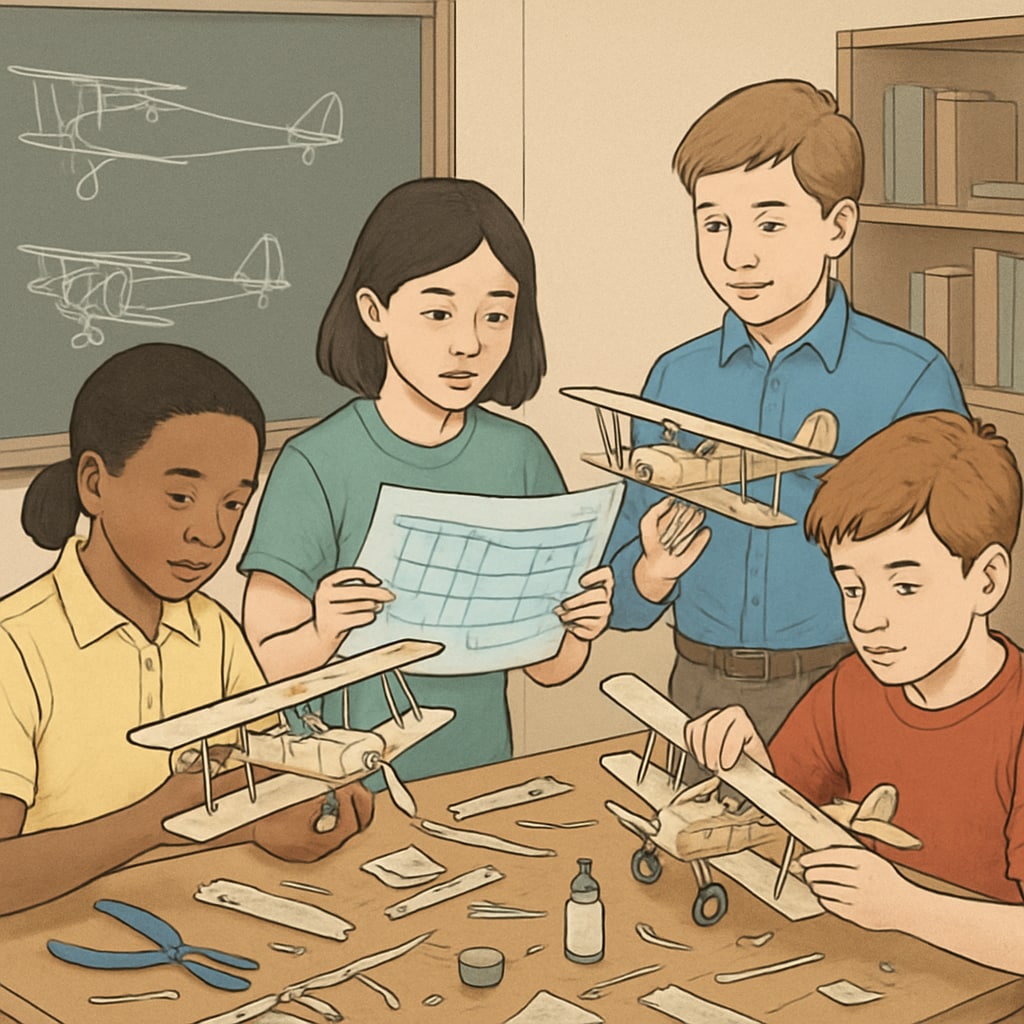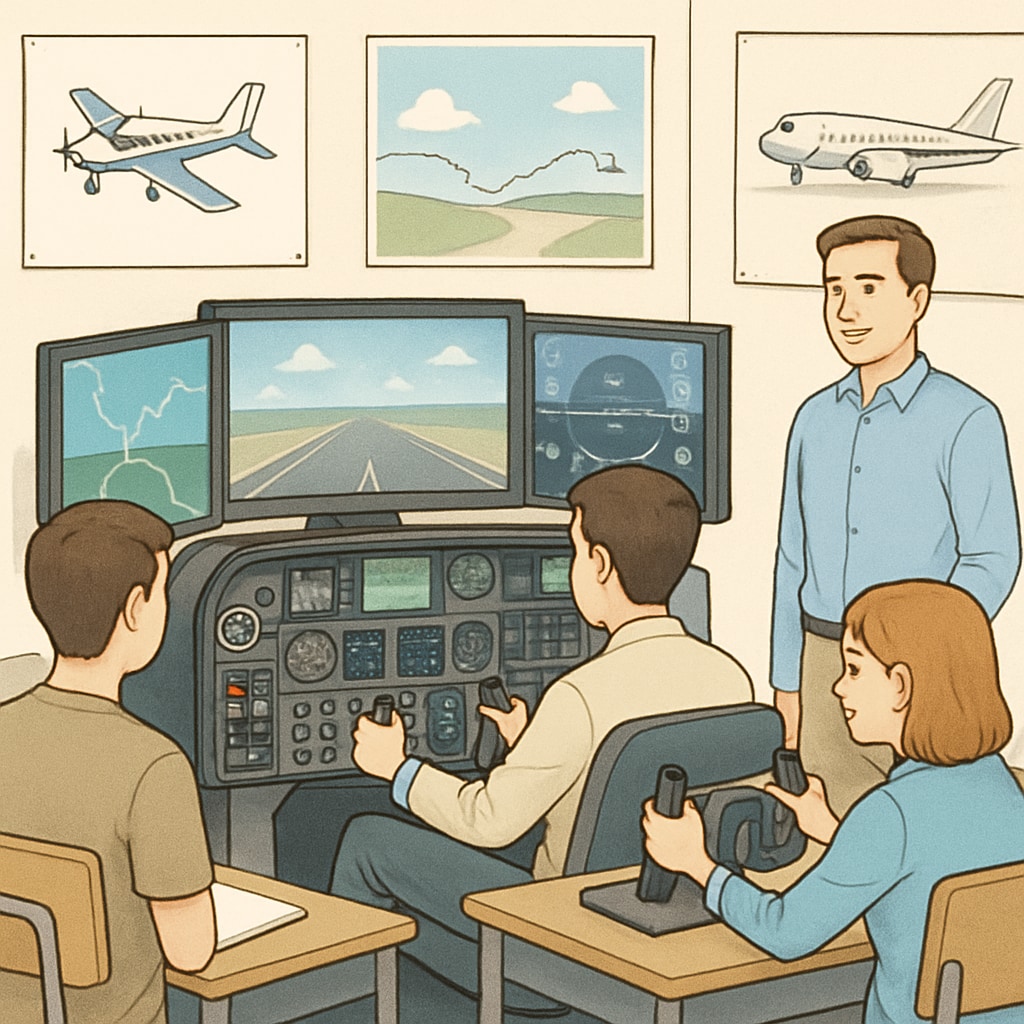Achieving a Commercial Pilot License (CPL), mastering flying, and securing funding are key steps for aspiring pilots. Yet, these goals often seem daunting without proper guidance and resources. Integrating aviation education into K12 curricula could be a transformative solution, igniting interest and providing a clear pathway for students to pursue careers as pilots.
Why Aviation Matters in K12 Education
Aviation is more than just flying planes; it represents innovation, global connectivity, and career opportunities. Introducing aviation concepts at the K12 level helps students understand the industry’s scope while fostering curiosity about science, engineering, and technology. For example, schools can include aviation workshops, model plane building, or guest lectures from pilots to spark interest.
In addition, aviation education aligns with STEM (Science, Technology, Engineering, and Mathematics) objectives. Subjects like physics and math directly relate to the principles of flight, navigation, and aerodynamics. By connecting classroom learning with real-world applications, students gain practical knowledge and skills that can shape their career paths.

Pathways to Becoming a Licensed Pilot
Obtaining a CPL is a rigorous process requiring dedication and financial investment. Aspiring pilots often start with a Private Pilot License (PPL), followed by advanced training for a CPL. However, the journey can be streamlined if students are exposed to aviation early on.
Here are key steps to guide K12 students toward becoming professional pilots:
- Early Exposure: Introducing aviation clubs, simulator programs, or school partnerships with local flight academies.
- Scholarships and Grants: Highlighting organizations that fund flight training for young individuals, such as the Experimental Aircraft Association (EAA).
- Mentorship Programs: Connecting students with experienced pilots who can offer advice and career guidance.
For example, the Experimental Aircraft Association offers youth programs and scholarships to support aviation education.

Funding Opportunities for Aspiring Pilots
One of the biggest challenges in pursuing a CPL is funding. Flight training costs can range from $50,000 to $100,000, depending on the school and location. Therefore, identifying financial resources is crucial.
Here are some funding options for aspiring pilots:
- Government Grants: Some countries provide educational grants for aviation-related studies.
- Private Scholarships: Organizations like AOPA Foundation offer scholarships specifically for flight training.
- Crowdfunding Platforms: Students can use platforms like GoFundMe to raise money for their training.
In addition, schools can collaborate with aviation organizations to establish sponsorships or financial aid programs tailored to young learners interested in flying.
Building a Future for Aviation Enthusiasts
Integrating aviation into K12 education has the potential to shape the next generation of pilots, engineers, and aviation professionals. By providing resources, mentorship, and financial support, schools can help students overcome barriers to achieving their dreams.
As a result, the aviation industry gains skilled and passionate professionals, and students benefit from fulfilling career opportunities. It’s a win-win scenario that starts with education and ends with soaring success.
In conclusion, fostering aviation interest at the K12 level, providing clear pathways to CPL training, and addressing funding challenges are essential steps to empower aspiring pilots.
Readability guidance: This article uses short paragraphs, clear lists, and active voice to enhance readability. Key points are summarized using bullet lists, and transitions ensure a smooth flow of ideas throughout the text.


